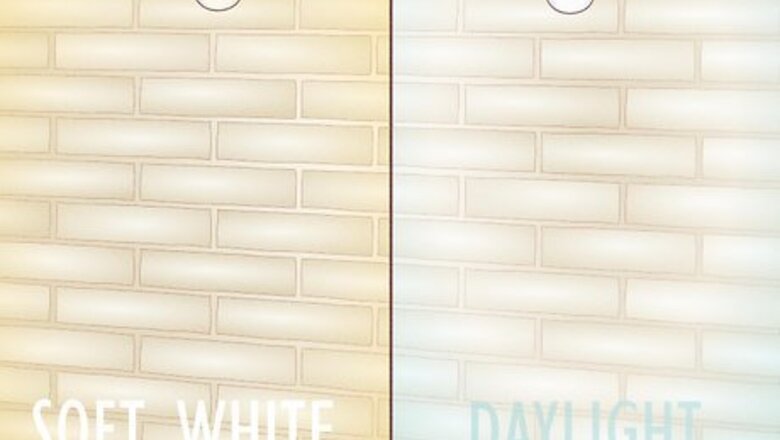
views
- Soft white lights have a warm tone that casts an amber light, whereas daylight bulbs have a cool tone and a blueish light.
- Daylight bulbs can illuminate more surface area and are brighter than soft white lights.
- Use soft white lights in residential spaces, like bedrooms, living rooms, and home libraries.
- Reserve daylight bulbs for commercial or high-task areas, such as offices, kitchens, and public restrooms.
What’s the difference between soft white and daylight bulbs?
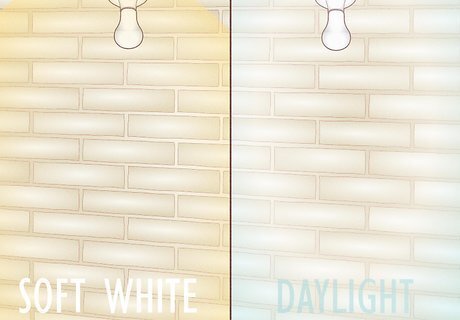
Soft white lights have a warmer color than daylight bulbs. A lightbulb’s color temperature or intensity is measured in Kelvins (K). The lower the number of Kelvins, the warmer the light appears; the higher the number, the cooler the light is. Soft white lights have a color temperature between 2700 and 3000K, while daylight bulbs are between 5000 and 6500K. This means that soft white lights have a warmer tone than daylight. Daylight bulbs are meant to mimic the natural light of the sun. As a reference, natural daylight (the light from the sun) is around 6500K.
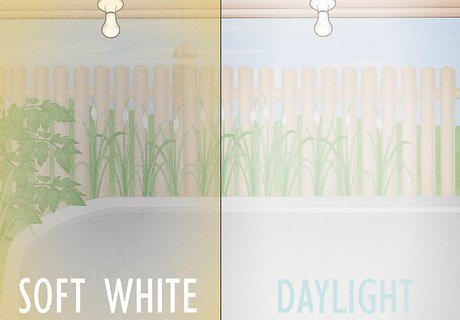
Daylight bulbs are brighter than soft white bulbs. The hue of a soft white light may be warmer and cozier, but it’s essentially dimmer than a blue-toned daylight bulb. Using a daylight bulb can help illuminate a larger area and cause less strain on the eyes. Soft white lights cast a warm orange-ish glow on walls, decor, and furniture. Daylight bulbs give off a cool tone that masks walls, decor, and furniture in a blueish light. Think of soft white light as a lamp in the corner of a home library and daylight as ceiling lights in a grocery store.
Room Lighting Guide
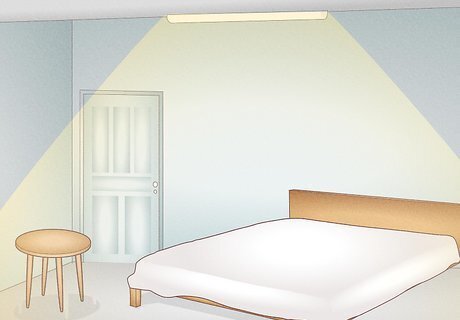
BedroomSoft white lights give a bedroom a cozy, relaxing atmosphere perfect for winding down after a long day. Add soft white light string lights or ceiling lights to illuminate the room in a warm glow. If you need extra light, place a daylight bulb lamp on a desk or bedside table.

BathroomDaylight bulbs are just the right brightness to do your makeup and everyday hygiene routine in. They allow you to see everything and give off a clean, sterile glow. Soft white lights can also be used in bathrooms for a spa-like atmosphere, but they won’t brightly illuminate the space.
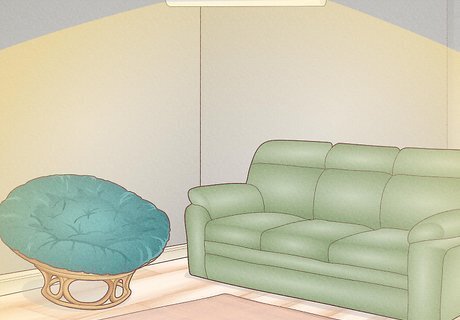
Living RoomOpt for a cozy soft white light in living rooms to keep them inviting and relaxing. There’s no need for harsh, bright light in this space, so stick with filling lamps and ceiling fans with soft white bulbs rather than daylight bulbs.
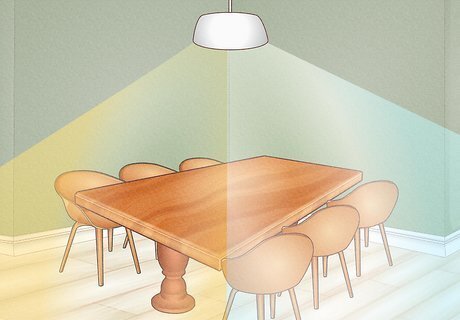
Dining RoomDaylight or soft white bulbs can be used in dining rooms, depending on your preferences. A daylight bulb will cast the space in a cool tone, while a soft white light provides a warm ambiance. Basically, use daylight for a rejuvenating atmosphere and soft white light for a calming effect.
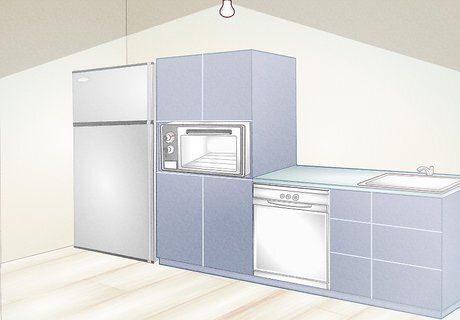
KitchenStick with daylight bulbs in a kitchen for a crisp, clean look. Soft white lights cast an amber glow on reflective surfaces, like sparkly granite or quartz countertops, and can make a kitchen appear dirtier than it is. To avoid this, opt for daylight bulbs that’ll brighten your cooking space.
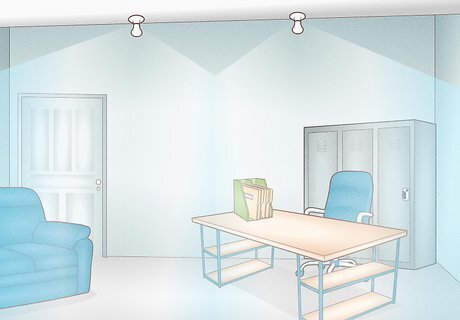
OfficeDepending on the type of space you’re working in, daylight or soft white bulbs can work in an office. Large corporate offices benefit from daylight bulbs because of their cool tone and brightness. On the other hand, small home offices can be lit well with soft white lights.
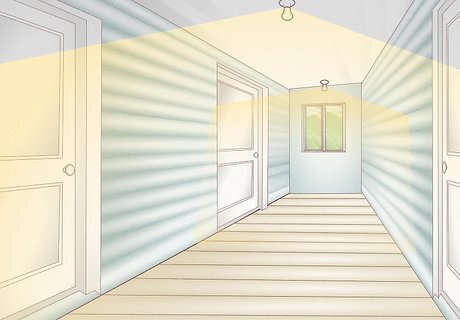
HallwaysSoft white lights offer just enough illumination for hallways and entranceways. These spaces don’t need to be brightly lit, which is why soft white lightbulbs are perfect for them. Plus, they cast the small spaces in a warm and relaxing glow.
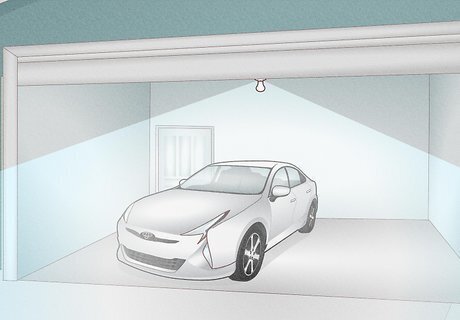
GarageDaylight bulbs provide adequate light for working tasks. Most garages are dedicated to fixing things, organization, and loading and unloading cars. Daylight bulbs offer the perfect amount of light to do tasks without squinting.
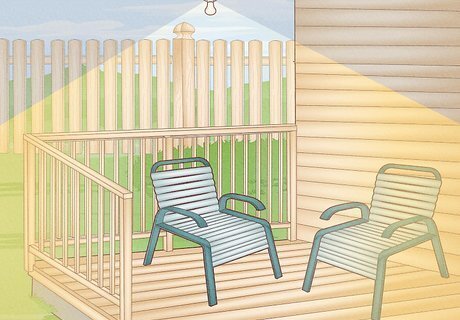
OutsideUse soft white lights on patios and decks and daylight bulbs on front porches. Typically, patios and decks are reserved for hosting guests or relaxation. Soft white lights will illuminate the space in a warm glow that promotes tranquility. On the other hand, porches are used to find keys and open doors, which is why the brightness of daylight bulbs is ideal for them.
Lightbulb Types, Brightness, Energy, and Impact
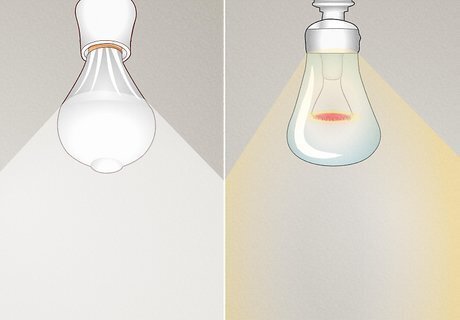
LED vs. Incandescent Daylight and soft white lights can be LED, but only soft white bulbs are incandescent. LED lights are semiconductors that use 75% less energy than incandescent bulbs and last 25 times longer. So, consider the color of light you want for your space and your electric bill before picking a lightbulb.
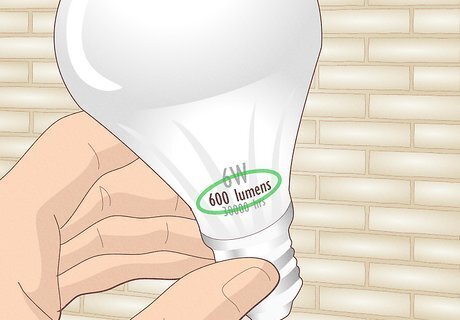
Lumens A lightbulb’s lumens indicate how bright the light will be. The higher the lumens, the brighter the bulb. To check the lumens on a daylight or soft white bulb, look for a nutrition-like label on the packaging or bottom of the bulb.
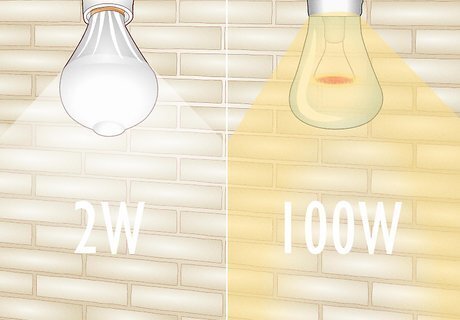
Watts A lightbulb’s watts measure how much power it uses. The higher the wattage, the more energy the bulb will use. Typically, LED lights can use as little as 2W while incandescent lights could use up to 100W. Many incandescent lights also use watts to determine a bulb’s brightness, but this practice does not apply to LEDs.
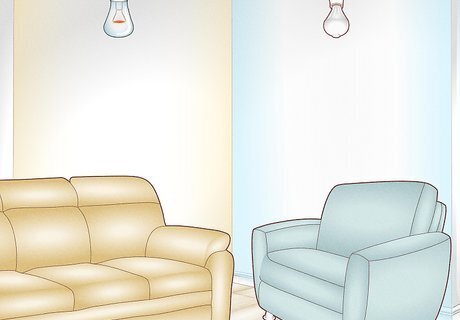
Room Color & Decor A room's color and decor play a big part in choosing which type of light to use. For instance, a soft white light will make a white wall appear yellow, while a daylight bulb will give a white room a blue glow. So, consider how light will make the colors in a room change before choosing a daylight or soft white light.


















Comments
0 comment